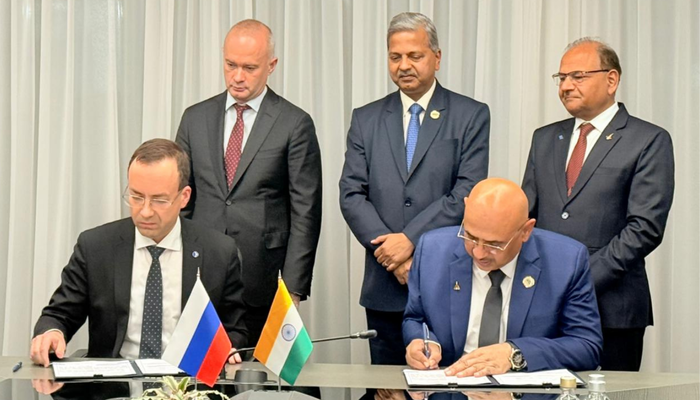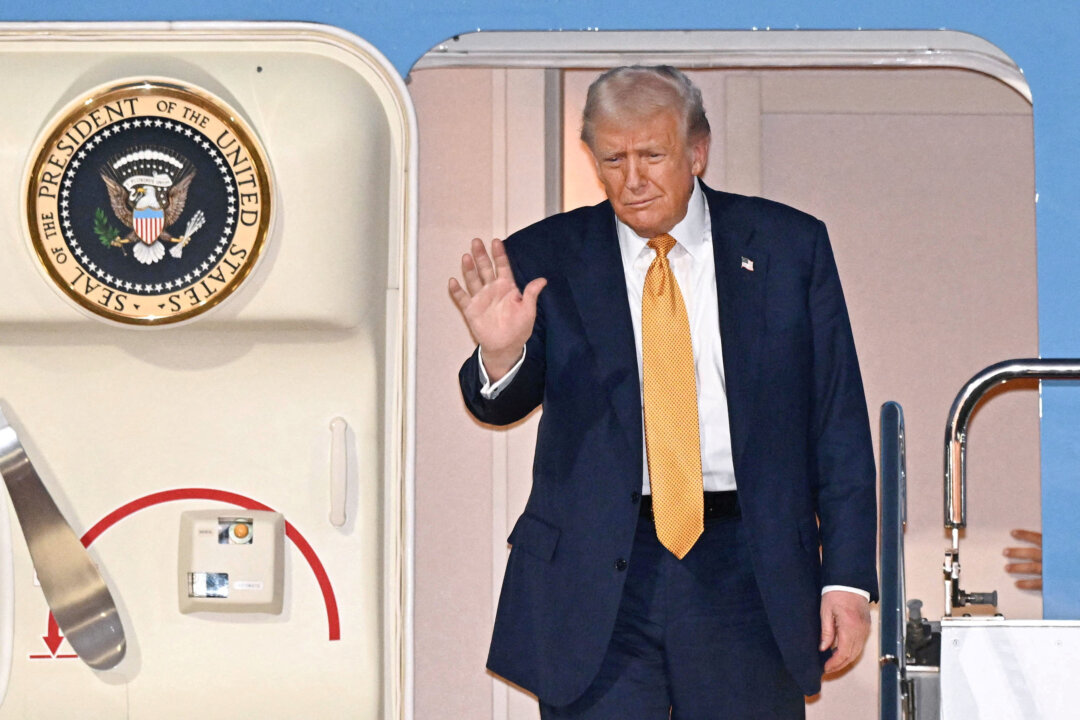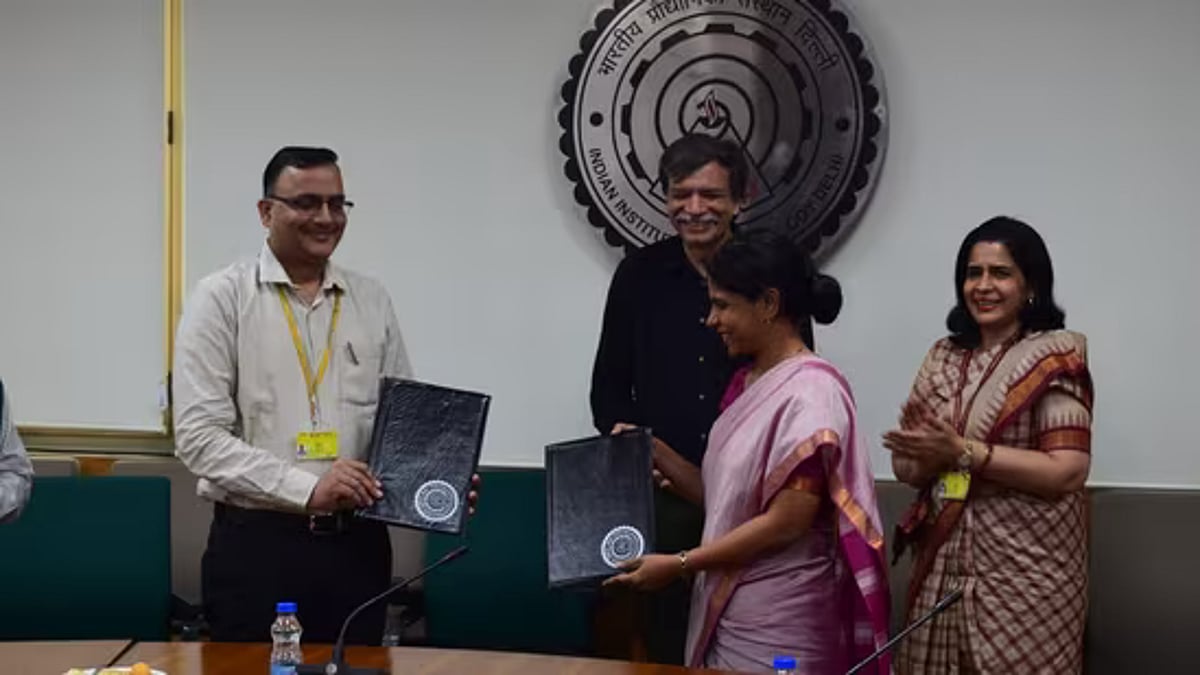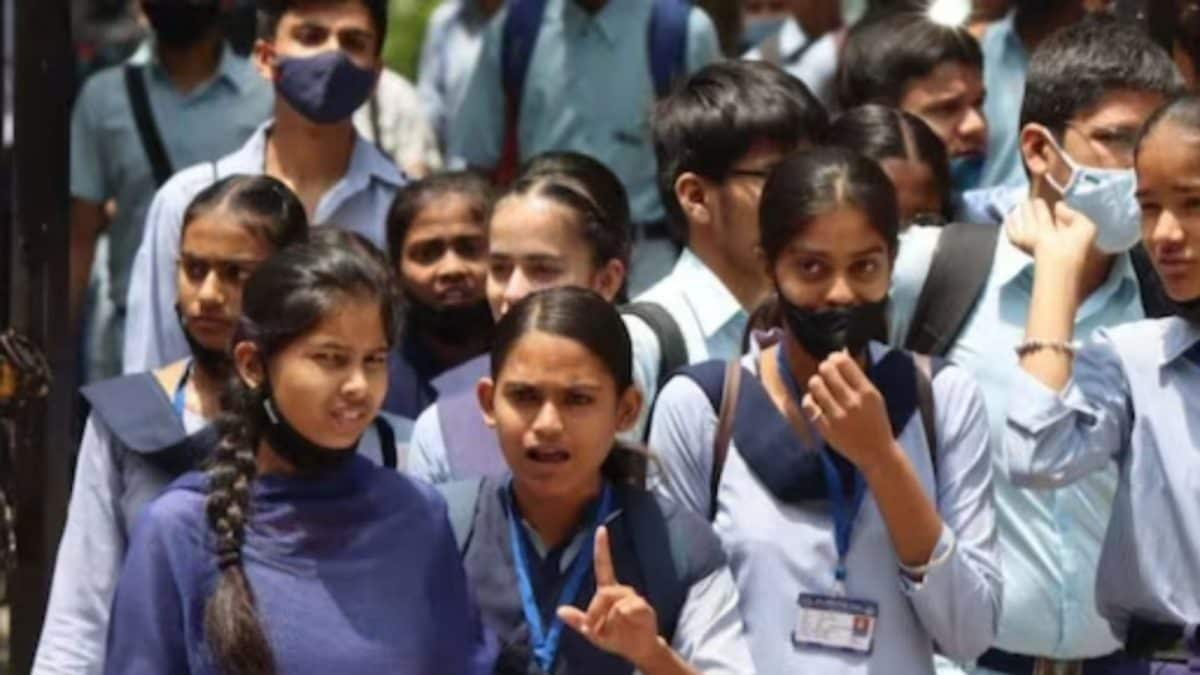HAL signs MoU with Russia’s UAC amidst tariff strains with the US: Read how collaboration for production of SJ-100 aircraft in India will boost self-reliance in aviation
In a significant move towards enhancing India’s self-reliance in the aviation sector, Hindustan Aeronautics Limited (HAL) signed an MoU with Russia’s Public Joint Stock Company United Aircraft Corporation on Monday (27th October) for the production of SJ-100 civil commuter aircraft. Under the agreement, HAL will have the right to manufacture the aircraft for domestic use. “This will also be the first instance wherein a complete passenger aircraft will be produced in India. The last such project was HAL’s production of AVRO HS-748, which started in 1961 and ended in 1988,” said HAL in its statement. HAL and Public Joint Stock Company United Aircraft Corporation (PJSC-UAC) Russia signed an MoU for production of civil commuter aircraft SJ-100 in Moscow, Russia on October 27, 2025. Shri Prabhat Ranjan, HAL & Mr. Oleg Bogomolov, PJSC UAC, Russia, signed the MoU in the presence… pic.twitter.com/McN8WQjeSl— HAL (@HALHQBLR) October 28, 2025 The SJ-100 is a twin-engine, narrow-body aircraft which is currently operational with over 16 commercial airlines. According to HAL, the civil jet will be a “game-changer for the short-haul connectivity”. The move is set to cater to the Indian aviation sector’s estimated requirement over the next 10 years of over 200 jets in the category to boost regional connectivity, and for another 350 jets for the Indian Ocean region to connect to nearby international tourist destinations. “The manufacturing of the SJ-100 aircraft marks the beginning of a new chapter in the history of the Indian aviation industry. It’s a step towards fulfilling the dream of ‘Aatmanirbhar Bharat’ in the civil aviation sector. Manufacturing will also strengthen the private sector and create direct and indirect jobs in the aviation industry,” added the HAL statement. Image via X/@sougat18 Features of the Russian SJ-100 commercial aircraft Aircraft suitable for domestic flights: The SJ-100 is a small commercial aircraft manufactured from Russian components and does not rely on the West for material or technology. The aircraft, also known as SuperJet 100, was originally built 10 years ago in 2000. The aircraft made its maiden commercial flight in May 2008 and its first commercial flight in April 2011. The jet with 46–49 t (45–48 long tons) maximum take-off mass (MTOW) can carry 87 to 98 passengers. The jet has two variants: a basic one with standard engines and the other, which is modified to compete with the Airbus A220 and Embraer E-jet series. Redesignable cabin configuration: The arrangement of seats in the cabin of the SJ-100 follows a 2-3 configuration and can be redesigned to meet the requirements of the airlines. The aircraft is best suited for point-to-point routes on domestic and international airlines. It’s an all-weather aircraft and can operate in all climate zones with temperatures ranging from -55 °C to +45 °C, and has a flight range of 3530 km. The aircraft was built with the intention of facilitating Russians in travelling long distances within the country. The SJ-100 incorporates advanced technology found in bigger and newer aircraft designs. Fly-by-wire (FBW) control system: It is fitted with a Fly-by-wire (FBW) control system, which replaces manual flight controls with an electronic interface, thereby helping reduce the workload on the pilot. The FBW control system provides a full flight envelope system, which prevents the aircraft from exceeding its operational limits. Autoland system, CAT IIIA: It is also equipped with an autoland system, CAT IIIA, which helps the aircraft land automatically in extremely low visibility conditions. Advanced navigation and landing modes: The SJ-100 makes use of P-RNAV, LNAV, and VNAV navigation and landing modes, which provide it with greater light and route accuracy, with the use of satellite and ground-based technology. How the HAL-UAC collaboration is significant for India For an industry dominated by the American (Boeing) and European (Airbus) aircraft manufacturers, the agreement could be a game-changer for India’s manufacturing sector. It could provide a much-needed impetus for India’s goal of ‘Atmanirbhar Bharat’ by eliminating the country’s reliance on foreign players and developing its manufacturing capacity. The HAL-UAC collaboration will provide India with an opportunity to delve deeper into the know-how of aircraft manufacturing and also develop the capacity for the maintenance and repair of aircraft. Once India develops its capacity in civil aviation manufacturing and establishes itself as an aerospace hub, the country can grow from being an importer to an exporter of aircraft. India has largely been importing full-assembled commercial aircraft for decades. The collaboration will enable India to manufacture a full passenger aircraft, entirely on Indian soil. This, in turn, will not only help the economy but will also contribute in generating employment, creating value-chain jobs and vendor networks,



In a significant move towards enhancing India’s self-reliance in the aviation sector, Hindustan Aeronautics Limited (HAL) signed an MoU with Russia’s Public Joint Stock Company United Aircraft Corporation on Monday (27th October) for the production of SJ-100 civil commuter aircraft. Under the agreement, HAL will have the right to manufacture the aircraft for domestic use.
“This will also be the first instance wherein a complete passenger aircraft will be produced in India. The last such project was HAL’s production of AVRO HS-748, which started in 1961 and ended in 1988,” said HAL in its statement.
HAL and Public Joint Stock Company United Aircraft Corporation (PJSC-UAC) Russia signed an MoU for production of civil commuter aircraft SJ-100 in Moscow, Russia on October 27, 2025. Shri Prabhat Ranjan, HAL & Mr. Oleg Bogomolov, PJSC UAC, Russia, signed the MoU in the presence… pic.twitter.com/McN8WQjeSl
— HAL (@HALHQBLR) October 28, 2025
The SJ-100 is a twin-engine, narrow-body aircraft which is currently operational with over 16 commercial airlines. According to HAL, the civil jet will be a “game-changer for the short-haul connectivity”. The move is set to cater to the Indian aviation sector’s estimated requirement over the next 10 years of over 200 jets in the category to boost regional connectivity, and for another 350 jets for the Indian Ocean region to connect to nearby international tourist destinations.
“The manufacturing of the SJ-100 aircraft marks the beginning of a new chapter in the history of the Indian aviation industry. It’s a step towards fulfilling the dream of ‘Aatmanirbhar Bharat’ in the civil aviation sector. Manufacturing will also strengthen the private sector and create direct and indirect jobs in the aviation industry,” added the HAL statement.

Features of the Russian SJ-100 commercial aircraft
Aircraft suitable for domestic flights: The SJ-100 is a small commercial aircraft manufactured from Russian components and does not rely on the West for material or technology. The aircraft, also known as SuperJet 100, was originally built 10 years ago in 2000. The aircraft made its maiden commercial flight in May 2008 and its first commercial flight in April 2011. The jet with 46–49 t (45–48 long tons) maximum take-off mass (MTOW) can carry 87 to 98 passengers. The jet has two variants: a basic one with standard engines and the other, which is modified to compete with the Airbus A220 and Embraer E-jet series.
Redesignable cabin configuration: The arrangement of seats in the cabin of the SJ-100 follows a 2-3 configuration and can be redesigned to meet the requirements of the airlines. The aircraft is best suited for point-to-point routes on domestic and international airlines. It’s an all-weather aircraft and can operate in all climate zones with temperatures ranging from -55 °C to +45 °C, and has a flight range of 3530 km. The aircraft was built with the intention of facilitating Russians in travelling long distances within the country. The SJ-100 incorporates advanced technology found in bigger and newer aircraft designs.
Fly-by-wire (FBW) control system: It is fitted with a Fly-by-wire (FBW) control system, which replaces manual flight controls with an electronic interface, thereby helping reduce the workload on the pilot. The FBW control system provides a full flight envelope system, which prevents the aircraft from exceeding its operational limits.
Autoland system, CAT IIIA: It is also equipped with an autoland system, CAT IIIA, which helps the aircraft land automatically in extremely low visibility conditions.
Advanced navigation and landing modes: The SJ-100 makes use of P-RNAV, LNAV, and VNAV navigation and landing modes, which provide it with greater light and route accuracy, with the use of satellite and ground-based technology.
How the HAL-UAC collaboration is significant for India
For an industry dominated by the American (Boeing) and European (Airbus) aircraft manufacturers, the agreement could be a game-changer for India’s manufacturing sector. It could provide a much-needed impetus for India’s goal of ‘Atmanirbhar Bharat’ by eliminating the country’s reliance on foreign players and developing its manufacturing capacity. The HAL-UAC collaboration will provide India with an opportunity to delve deeper into the know-how of aircraft manufacturing and also develop the capacity for the maintenance and repair of aircraft. Once India develops its capacity in civil aviation manufacturing and establishes itself as an aerospace hub, the country can grow from being an importer to an exporter of aircraft.
India has largely been importing full-assembled commercial aircraft for decades. The collaboration will enable India to manufacture a full passenger aircraft, entirely on Indian soil. This, in turn, will not only help the economy but will also contribute in generating employment, creating value-chain jobs and vendor networks, and enhancing supply-chain growth.
Manufacturing aircraft within the country could also significantly bring down the cost of air travel, thus helping achieve the objectives of the UDAN (Ude Desh ka Aam Nagrik) Scheme, which aims to make air travel affordable and accessible. The objectives of the scheme include connecting Tier-2 and Tier-3 cities with metropolitan cities by linking unserved or underserved airports in smaller cities with major airports. The government has, so far, developed a network of more than 150 airports across the country. One major challenge before the government has been the deployment of suitable small and mid-sized aircraft for operating on domestic routes, while keeping the travel fare affordable. The indigenous manufacturing of the SJ-100 aircraft could help address this challenge.
India deepens ties with Russia as Trump tariffs pushes Delhi toward strategic autonomy
The recent Memorandum of Understanding between Hindustan Aeronautics Limited (HAL) and Russia’s United Aircraft Corporation (UAC) for joint production of the SJ-100 civil aircraft marks yet another milestone in India’s deepening partnership with Moscow, a relationship that has only strengthened in the face of growing friction with Washington. The backdrop to this cooperation lies in the unilateral decision by former U.S. President Donald Trump to impose punitive tariffs on India, ostensibly over its continued purchase of discounted Russian oil.
The move was widely seen in New Delhi as hypocritical, given that several European nations, and even the US itself, continued to procure Russian crude and raw materials vital for their energy and strategic industries. For India, which has long championed energy sovereignty and strategic autonomy, Trump’s tariff pressure was a reminder of why overdependence on western nations is strategically risky.
In response, India appears to have doubled down on its multi-vector foreign policy, choosing diversification and self-reliance over coercive alignment. The HAL–UAC agreement follows a series of Indo-Russian collaborations across critical sectors, from defence engines and BrahMos co-development talks to long-term crude and coal supply contracts.
These deals underscore a clear intent: to ensure technology transfer, indigenous manufacturing, and long-term supply security while signalling to Washington that New Delhi will not subordinate its strategic choices to American pressure. Ironically, while the West preaches “rules-based order,” its selective sanctions and protectionist tariffs have only accelerated India’s quest for multipolar partnerships, with Russia emerging once again as a reliable collaborator in both defence and civilian industries.































































































